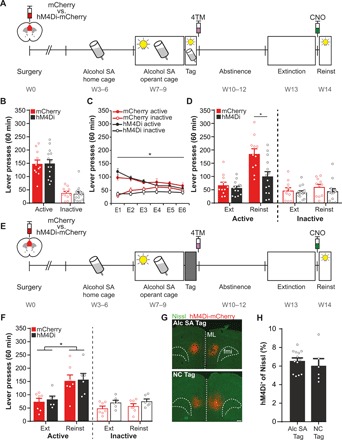Fig. 3. Suppression of the alcohol SA–activated mPFC ensemble attenuates cue-induced alcohol seeking.

(A) Experimental design. Reinst, reinstatement test. Groups: mCherry (N = 11) and hM4Di-mCherry (N = 14). (B) Tag session. Responding did not differ between groups. (C) Extinction training reduced active lever presses in both groups. E, extinction session. *P < 0.001. (D) Reinstatement. Reexposure to the alcohol-associated cue light reinstated alcohol seeking in control mice, but active lever pressing in the hM4Di group was significantly attenuated. *P = 0.010. (E) Experimental design. Mice acquired alcohol SA and were then exposed to a novel context (NC) to tag activated mPFC neurons. Groups: mCherry (N = 7) and hM4Di-mCherry (N = 6). (F) Reinstatement. Both groups showed reinstatement (*P = 0.017), and CNO did not affect active or inactive lever pressing. (G) Representative images of hM4Di-mCherry expression in the alcohol (Alc) SA Tag and NC Tag group. Scale bar, 250 μm. (H) Quantification of hM4Di+ cells revealed no difference in the percentage of tagged neurons between both groups. All graphs, means + SEM.
